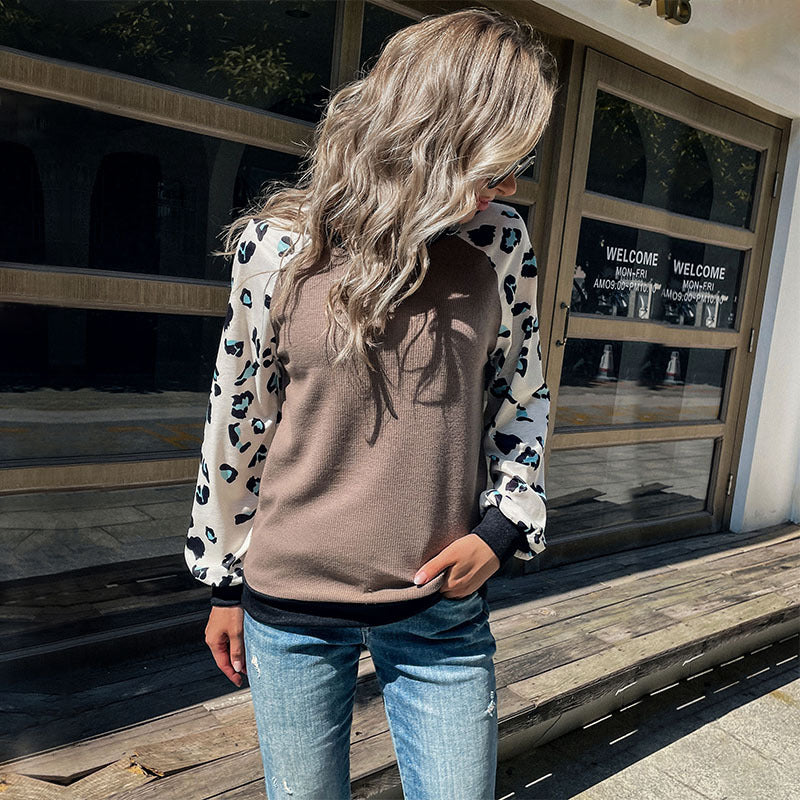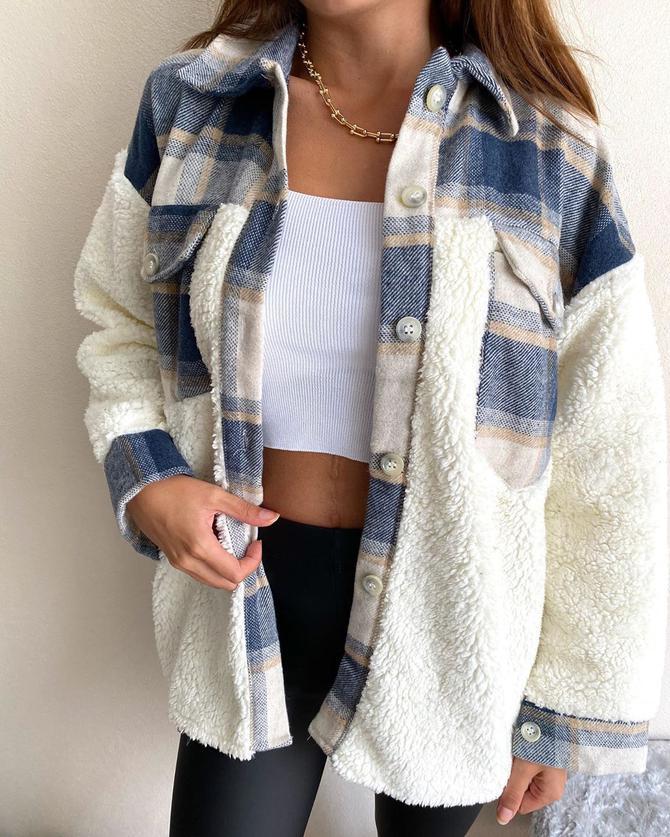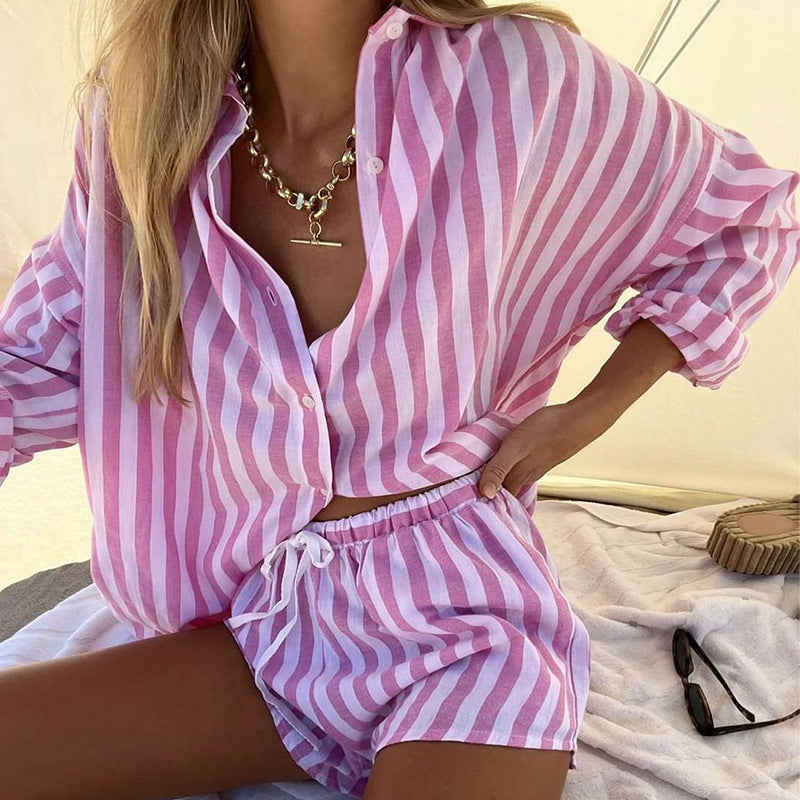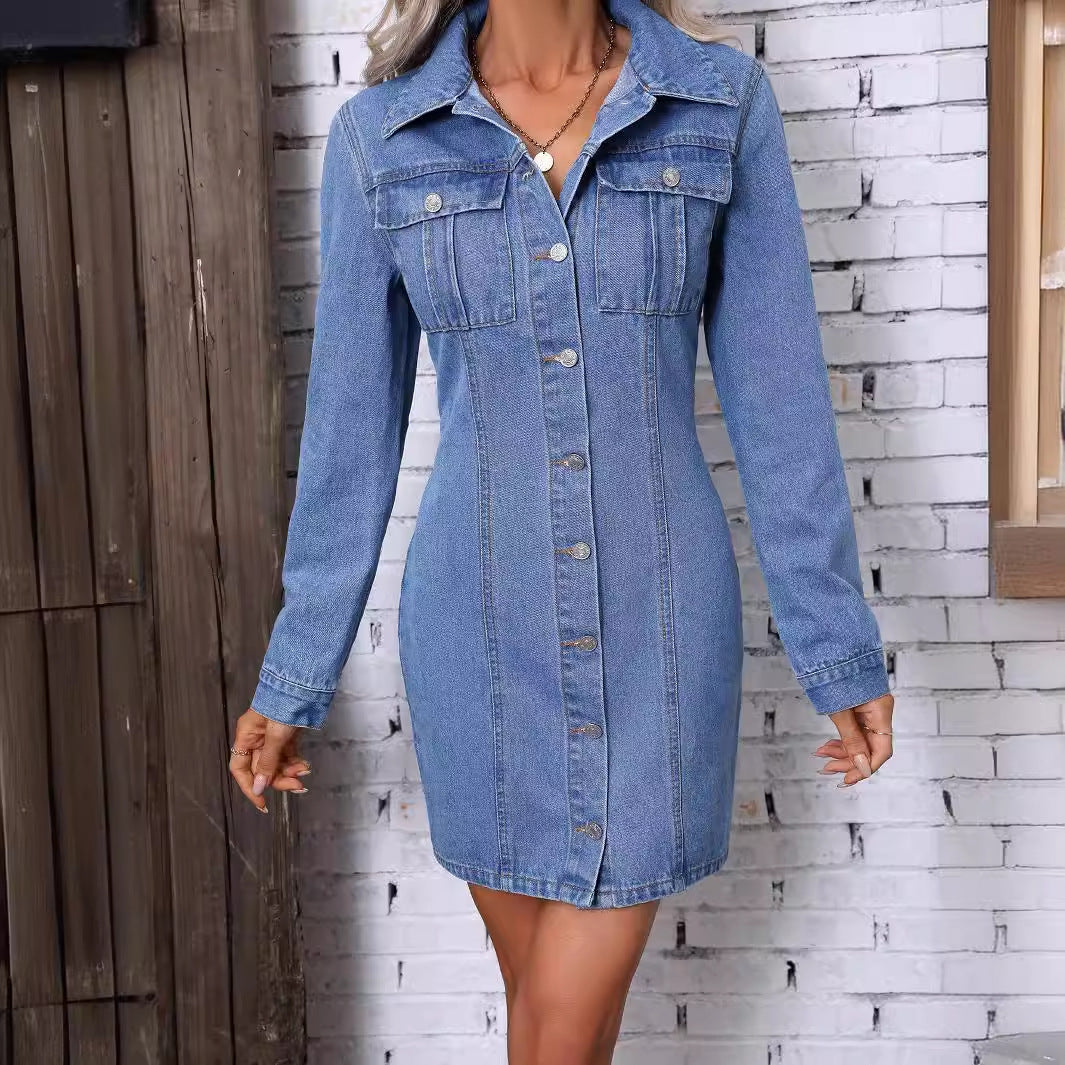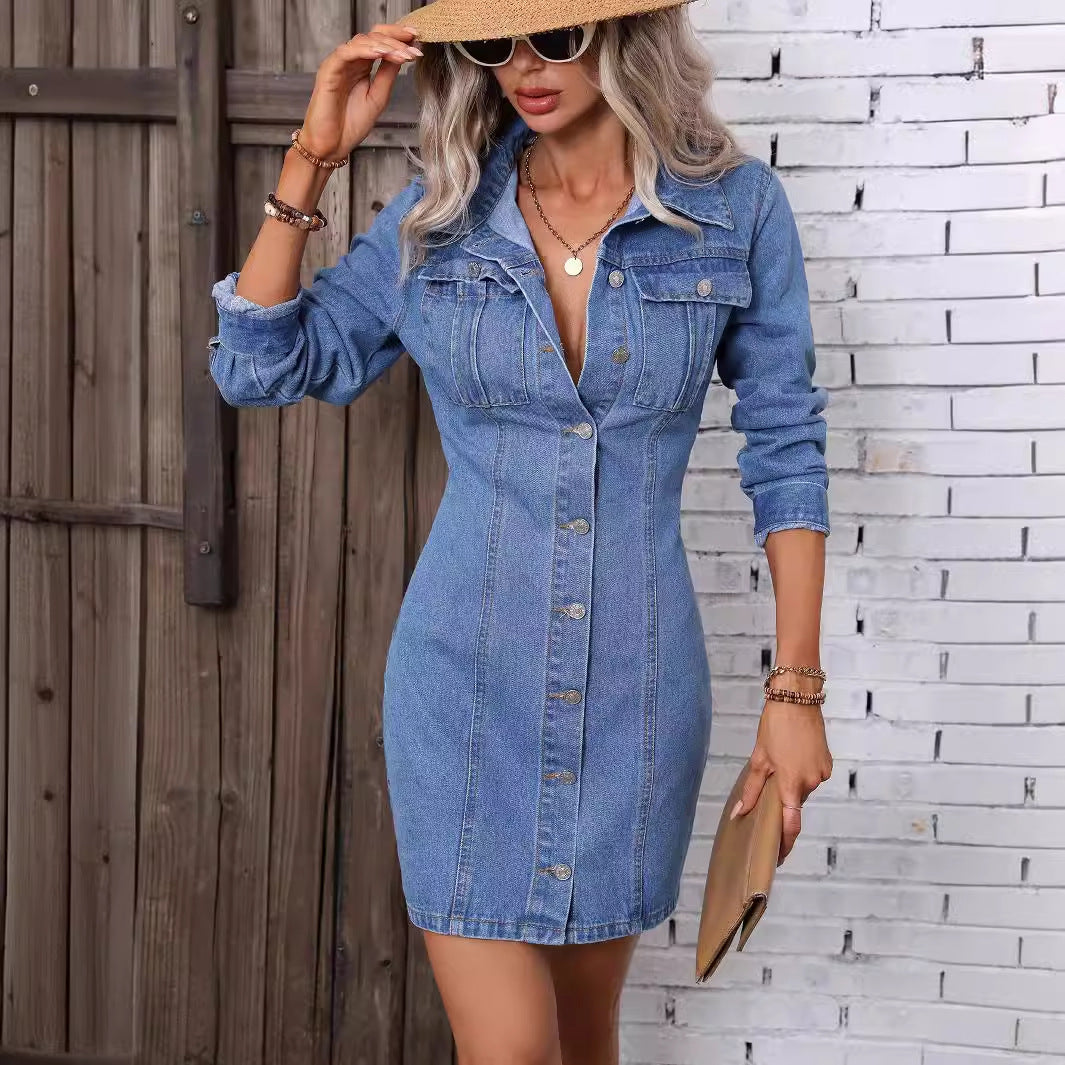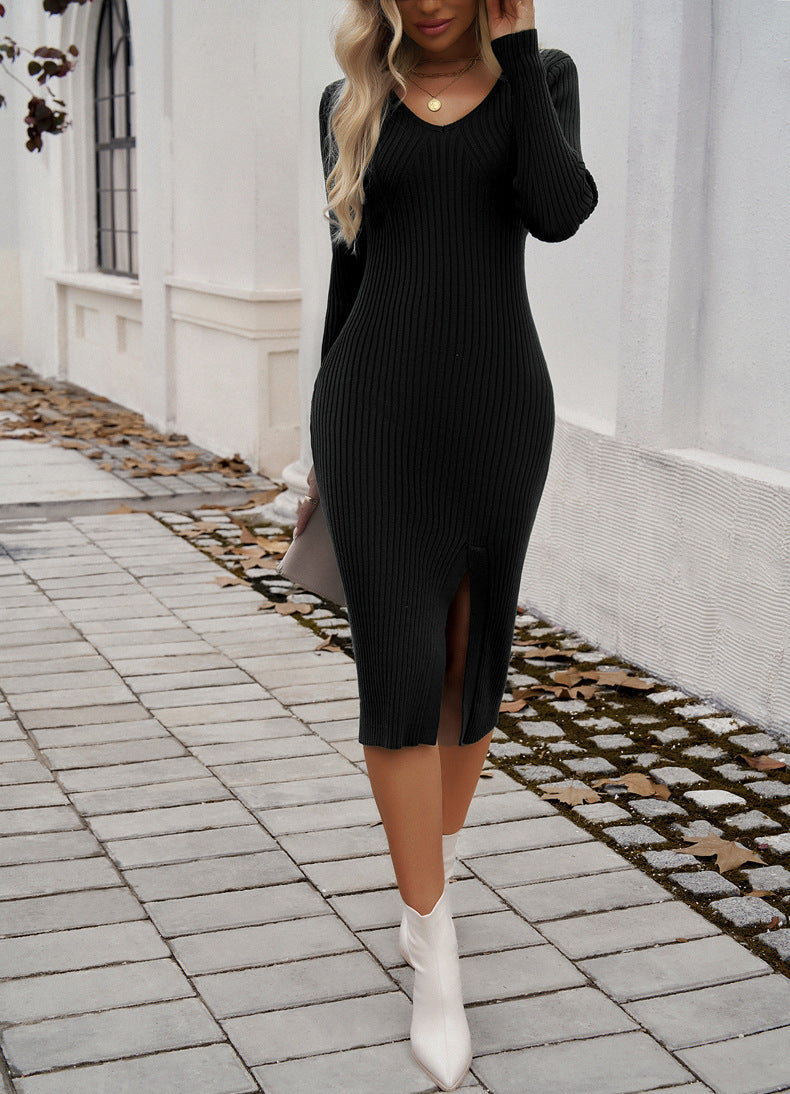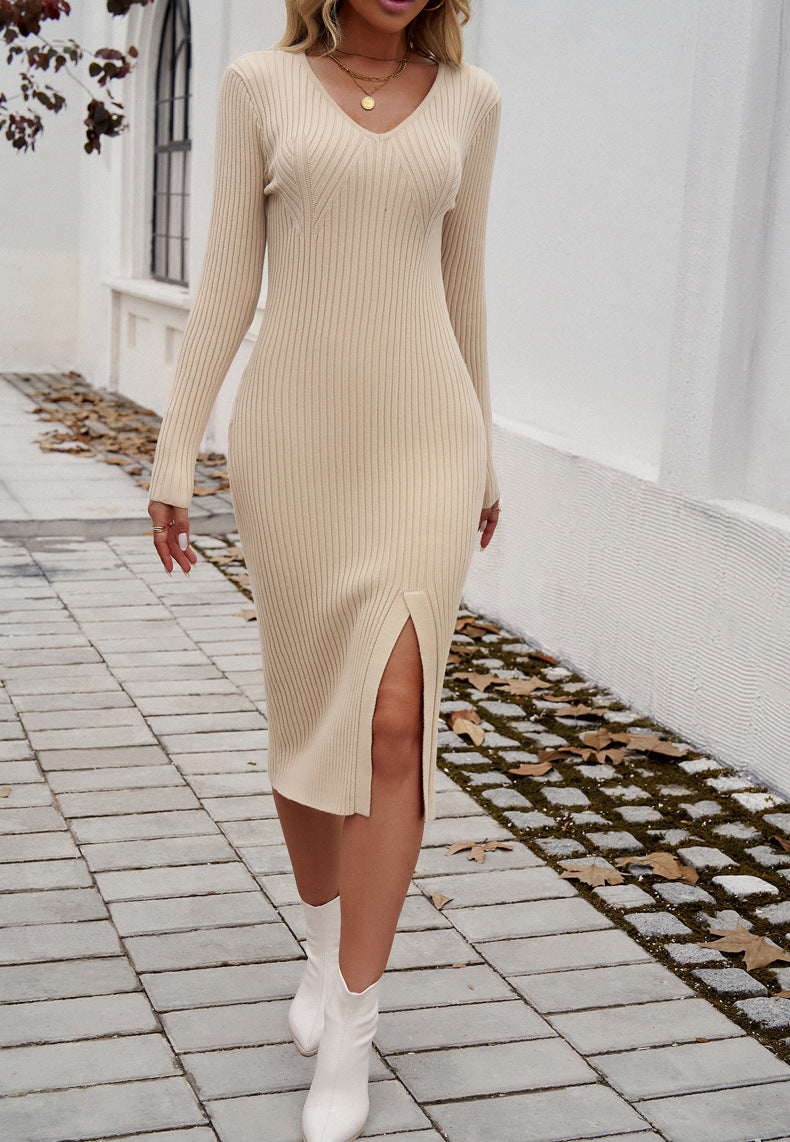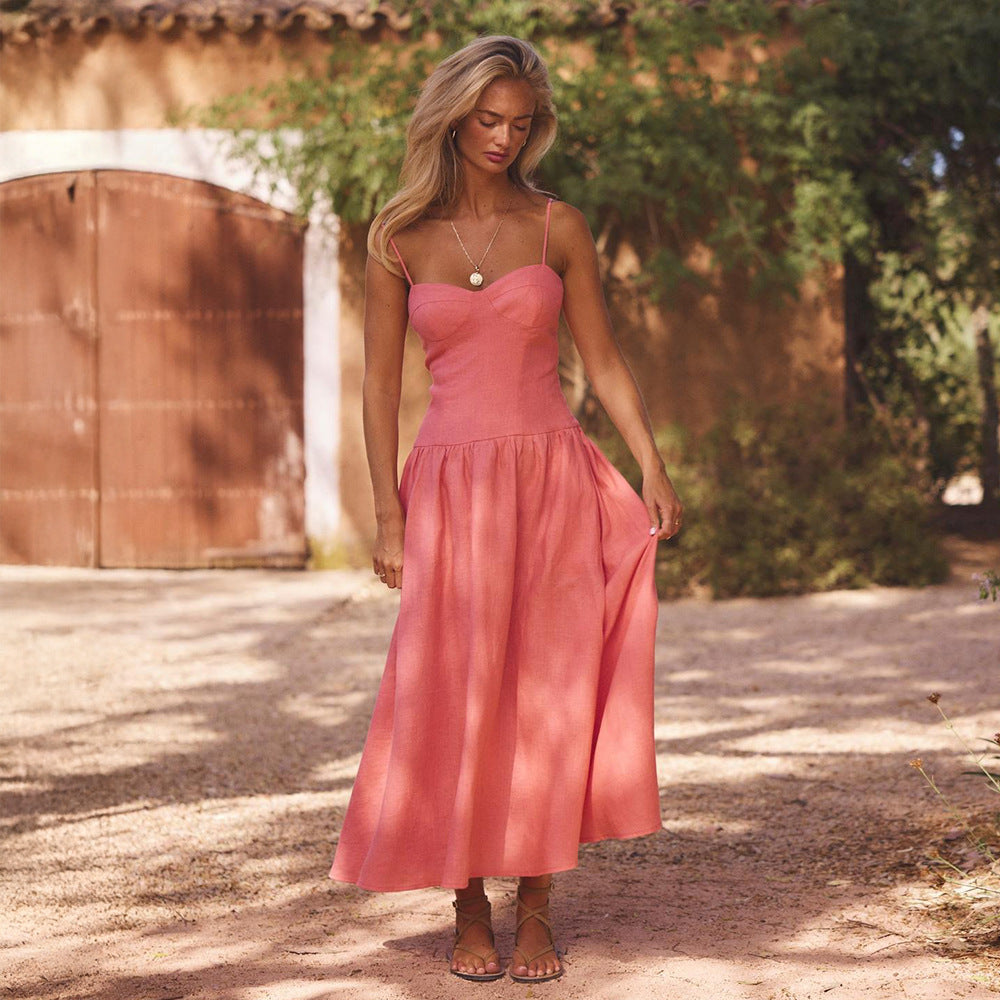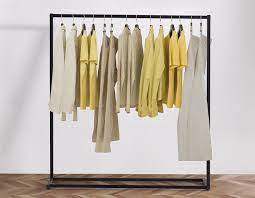
News
Business2Busines Selling for online fashion stores
Business2Busines Selling for online fashion stores
If you're looking to sell your fashion items online, it's important to understand the difference between wholesale and retail. Wholesale means that you're selling your products directly to someone else who will then sell them on their own. You might be wondering why this matters when it comes to selling online; however, the answer is simple: if they're selling wholesale, they won't be able to create a website or sell online themselves! It's also important to know what type of customers you want to target before approaching businesses about selling your products. Are you only interested in selling wholesale? If so, make sure that potential partners have enough money and can afford what it costs for them to offer your clothing line for sale
First, you need to start with a business plan.
First, you need to start with a business plan. You need to know your business goals, what you want to sell and how much it will cost. You also need to decide where the products will be sold and who will be buying them.
Determine whether you're selling wholesale or retail.
You'll need to determine whether you're selling wholesale or retail. Wholesale is a larger volume of products sold to retailers, while retail is a smaller volume of products sold directly to customers. Wholesale is more profitable, but retail is more fun because it allows you to interact directly with your customers and see their reactions when they receive their packages in the mail!
There are pros and cons to both types of sales:
Know what type of customers you want to sell to.
The first step in selling for an online fashion store is knowing who your customers are. This may seem like a pretty basic thing, but there are actually a lot of different types of customers and businesses out there. So before you start working on any type of ad campaign or marketing strategy, it's important to figure out exactly who you want to be targeting.
You should also know what type of business is interested in buying from you, as well as what types aren't interested (or at least not yet). If a business doesn't fit into one of these categories--for example, if they're too large or small--then they probably won't be able to use your product or service anyway!
Consider the costs involved when selling wholesale.
When you're selling wholesale, the costs are not always obvious.
-
Shipping: If you want to ship your products in bulk, this can cost thousands of dollars per month. You'll need to factor that into your pricing so that you don't lose money on each sale.
-
Packaging: Your product will need packaging materials and labels for each item sold--and if it's going out at retail prices, those things aren't free! If you're selling online through sites like eBay or Etsy (where customers are used to buying from individuals), then maybe this isn't an issue for now--but if not, consider whether these expenses might add up quickly when scaling up production levels with larger orders coming through every week or month (or even more often).
-
Marketing materials: When selling wholesale on big platforms like Amazon FBA or Shopify stores where potential customers can search by keyword searches like "women's clothing" versus just browsing through images as they would if visiting sites like Instagram or Pinterest where images are more likely displayed randomly without any way of knowing what categories exist until clicking directly onto them first; this means spending time researching keywords before creating content such as blog posts related specifically towards those terms since otherwise there may be nothing relevant showing up under those searches at all!
Find out what else they're buying and what other brands they're interested in purchasing from.
Once you've identified the brands your customer is interested in, the next step is to find out why they're interested in those particular brands. Do they fit into their lifestyle? Is there a specific feature or quality about them that makes them stand out from the rest? If so, how can your brand offer something similar but different (and better!) than what's already available on the market today?
Once you know what your customers want and how they shop, it's time to start selling!
Find out if you can take advantage of their existing relationships with vendors or if you need to make new ones.
If you're selling for an online fashion store, it's important to find out if your client already has relationships with vendors. If they do, great! You can take advantage of these existing relationships and focus on building the business rather than searching for new vendors.
However, if this is a new venture for your client and they don't have any existing contacts in the industry yet (which is common), then it's time to start networking and making connections. Some people may be open to working with new vendors while others will only work with brands they've worked with before or know personally through friends/family members who work at said brand(s).
It all depends on what kind of relationship they're looking for--and knowing this ahead of time will help ensure that both parties get what they need from each other during negotiations so there aren't any surprises later down the road!
Get an idea of their budgets, marketing strategies, and goals for the upcoming year.
When you're selling to a business, it's important to get an idea of their budgets and marketing strategies. This will help you understand what they want to achieve with their online store.
To do this, ask them:
-
What are your goals for the upcoming year? Do you want to increase sales? Or are there other things that are more important than increasing sales (such as increasing retention rates by improving customer service)?
-
How much money have you budgeted for marketing in 2019 so far? How much do you plan on spending next year (or over several years)?
-
What is working well for other companies in similar industries in terms of attracting customers through advertising channels such as Facebook ads or Instagram influencer partnerships?
You'll need to do some homework first before approaching potential businesses
Before you approach potential businesses, you'll need to do some homework first.
-
Know your customer. This may sound obvious, but it's important that you have a clear picture of the type of person who shops at the store and what they are looking for. If they are after designer labels and high-end products, then their budget will be higher than someone who is just looking for everyday basics. If a business has multiple locations across Australia, then each location will have its own target market--while one might focus on mums who want affordable clothing options and another might appeal more towards teens with more casual clothes in stock (and so on).
-
Know their goals and objectives: What does this company want from its eCommerce site? Do they want sales growth? More traffic through SEO? Better conversion rates (how many people buy something when visiting)? A combination of all three? Knowing what these goals are can help inform how best we can help them achieve them through our agency services.
We hope this article has given you some insight into how to sell your products to businesses. There's no doubt that it can be a daunting process, but if you prepare yourself properly and take advantage of the resources available to you, then there's no limit on how far your business could go!




